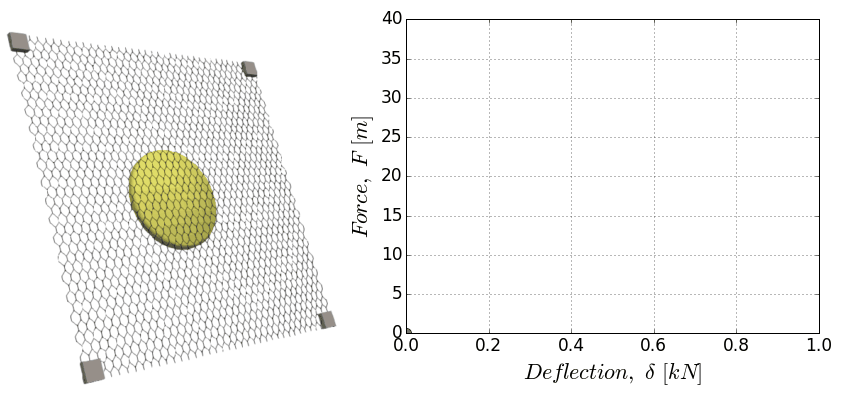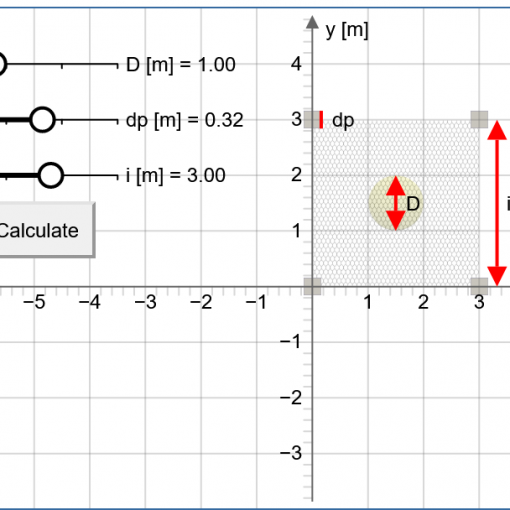Discrete element analysis of the punching behaviour of a secured drapery system: from laboratory characterization to idealized in situ conditions

In this work, the mechanical response of a steel wire mesh panel against a punching load is studied starting from laboratory test conditions and extending the results to field applications. Wire meshes anchored with bolts and steel plates are extensively used in rockfall protection and slope stabilization. Their performances are evaluated through laboratory tests, but the mechanical constraints, the geometry and the loading conditions may strongly differ from the in situ conditions leading to incorrect estimations of the strength of the mesh. In this work, the discrete element method is used to simulate a wire mesh. After validation of the numerical mesh model against experimental data, the punching behaviour of an anchored mesh panel is investigated in order to obtain a more realistic characterization of the mesh mechanical response in field conditions. The dimension of the punching element, its position, the anchor plate size and the anchor spacing are varied, providing analytical relationships able to predict the panel response in different loading conditions. Furthermore, the mesh panel aspect ratio is analysed showing the existence of an optimal value. The results of this study can provide useful information to practitioners for designing secured drapery systems, as well as for the assessment of their safety conditions.
Reference:
Pol A., Gabrieli F., Brezzi L., 2021, Discrete element analysis of the punching behaviour of a secured drapery system: from laboratory characterization to idealized in situ conditions. Acta Geotechnica https://doi.org/10.1007/s11440-020-01119-z





